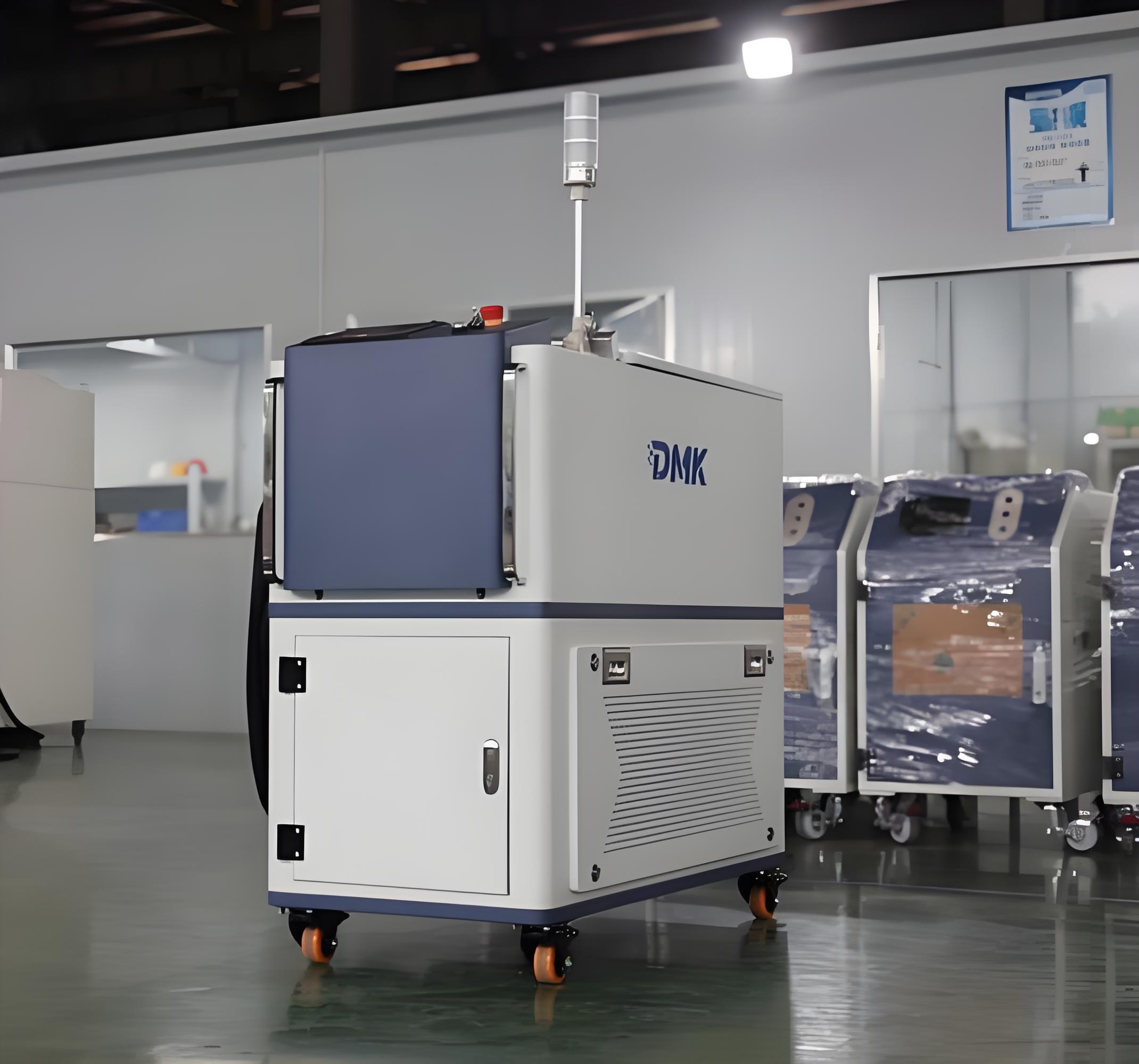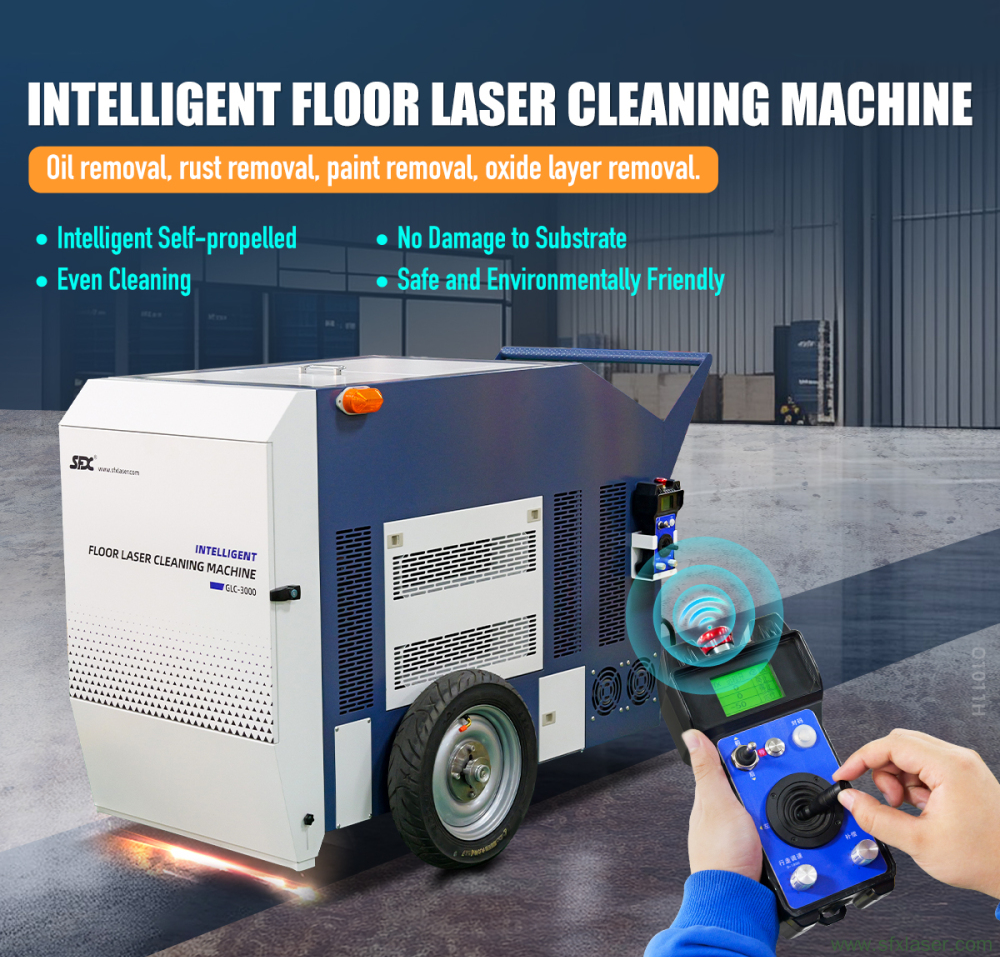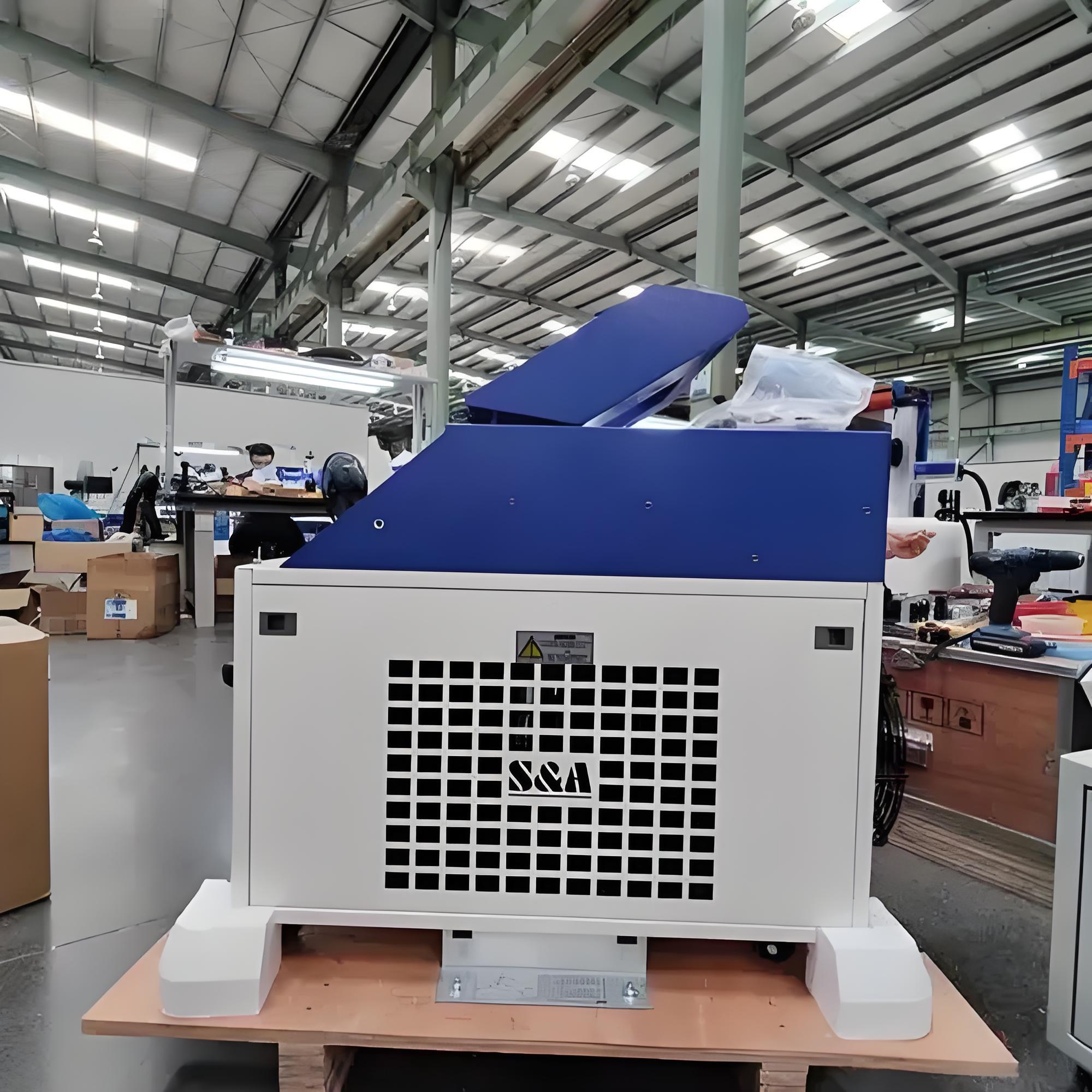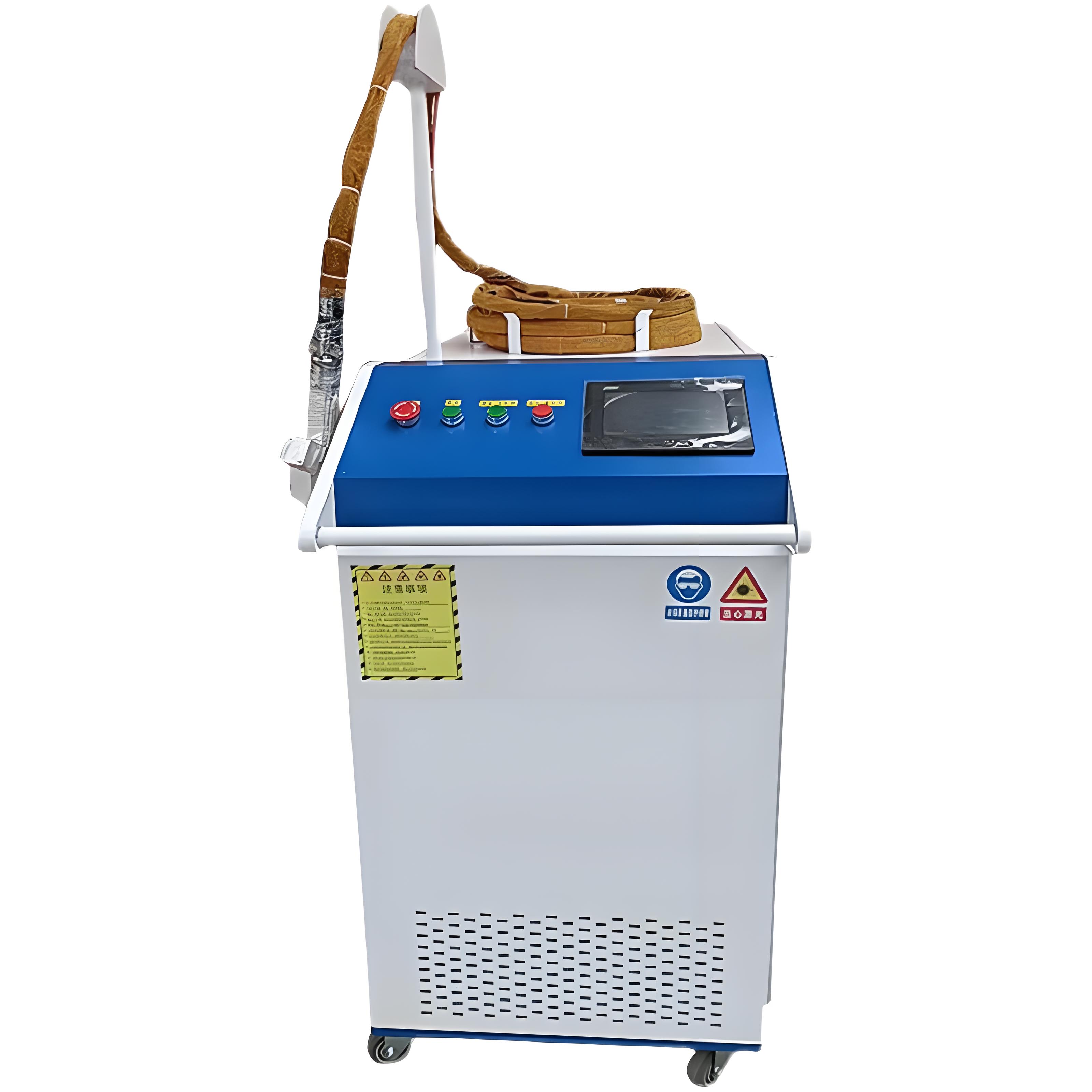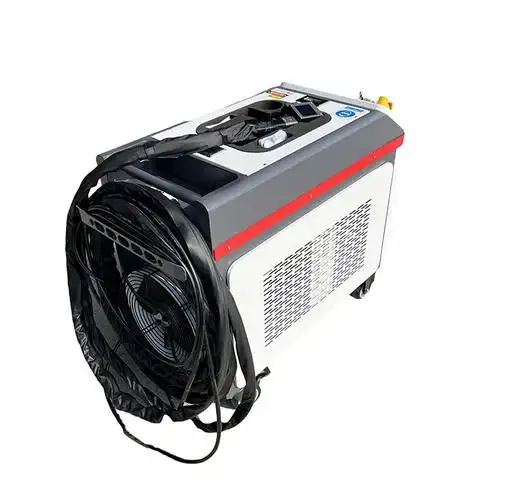When it comes to laser rust removal technology, the landscape has evolved dramatically over the last few years. From bulky, expensive machines confined to specialized industrial workshops to highly portable, efficient systems capable of tackling complex surfaces, the progress has been nothing short of remarkable.
Having spent over a decade in this field, I’ve witnessed firsthand how these innovations are shaping industries—from automotive repair to cultural relic conservation. For those keeping an eye on the cutting edge, or considering investing in the latest laser rust removal equipment, understanding these advances is critical to staying ahead.
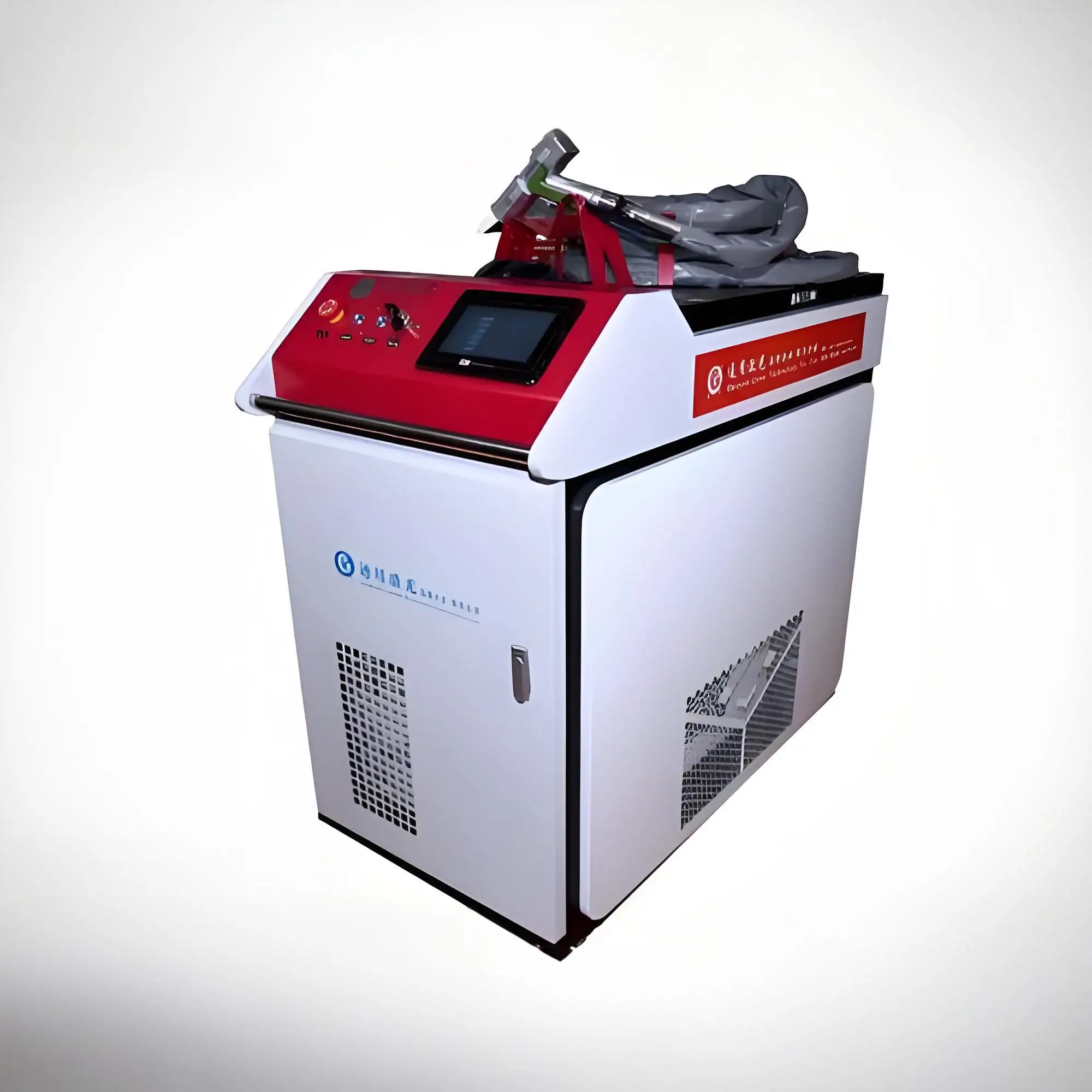
Why Are People Curious About the Latest Developments?
Laser rust removal offers a cleaner, safer, and more precise alternative to traditional abrasive blasting and chemical methods. Yet, many users—whether engineers, maintenance professionals, or business owners—wonder what recent breakthroughs mean for efficiency, cost, and environmental impact.
The question often boils down to:
Are lasers now more affordable and easier to operate?
Can they handle tougher rust and scale faster?
What new features or tech make these systems stand out?
How has safety or portability improved?
With these questions in mind, I want to share some key technological leaps shaping the current and near-future state of laser rust removal.
Core Areas of Recent Progress
Laser rust removal technology advances on multiple fronts. I group them into:
Laser Source Innovations
Beam Delivery and Scanning Systems
Software and Automation
Portability and Power Efficiency
Safety and Environmental Enhancements
Let’s unpack these in detail.
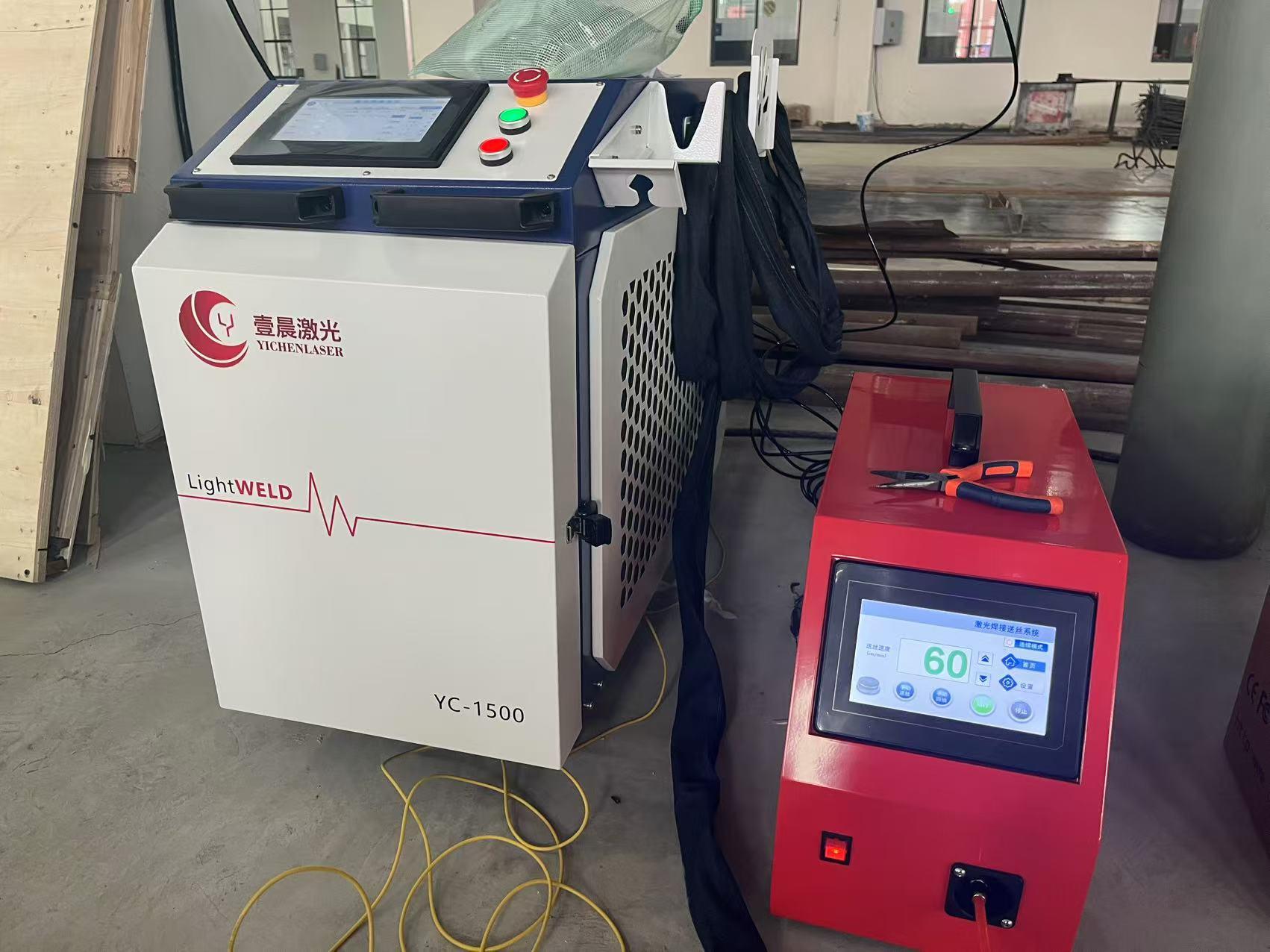
1. Laser Source Innovations
The heart of any laser rust removal system is its laser source. Over recent years, fiber lasers and ultrafast pulsed lasers have led the charge.
| Laser Type | Recent Development | Impact on Rust Removal | Example Use Case |
|---|---|---|---|
| Fiber Lasers | Higher power densities, better beam quality | Faster removal, better focus, longer lifespan | Heavy machinery surface cleaning |
| Ultrafast (Picosecond/Femtosecond) Lasers | Pulse durations shortened, higher repetition rates | Precision cleaning without thermal damage | Cultural relics, delicate parts |
| Diode-Pumped Solid-State (DPSS) | More compact, energy efficient | Portable systems with comparable performance | On-site repair and maintenance |
Meanwhile, ultrafast lasers emitting pulses in the picosecond or femtosecond range offer precision without heat-affected zones (HAZ)—critical for cleaning delicate parts without damaging base metal or coatings.
2. Beam Delivery and Scanning Systems
The ability to precisely control the laser beam over the target surface has seen major improvements:
Galvanometer scanning heads have become faster and more accurate, increasing throughput.
New fiber delivery systems enable greater flexibility and reach, reducing operator fatigue and expanding usability in complex geometries.
Adaptive optics and beam shaping allow for customizing beam profiles to optimize rust removal on different materials.
This means cleaning is not only faster but also more uniform and less likely to cause micro-damage.
3. Software and Automation
This is where laser rust removal has made leaps toward smart manufacturing:
Real-time monitoring systems now detect surface conditions and adjust laser parameters automatically for optimal cleaning.
Pre-programmed cleaning paths allow operators to automate repetitive tasks, reducing human error and labor costs.
Integration with industrial robots and CNC machines enables fully automated cleaning in assembly lines or refurbishment plants.
Such advances greatly improve consistency and efficiency, and in some industries, enable laser rust removal to become a fully integrated part of production.
4. Portability and Power Efficiency
Laser systems are no longer confined to stationary industrial environments:
Battery-powered and lightweight units are now available for on-site repair, field maintenance, and even emergency cleanup.
Advances in power management reduce energy consumption, making laser rust removal more eco-friendly and cost-effective.
Modular designs allow scaling power up or down depending on the application.
I’ve personally seen more small workshops and restoration specialists adopting portable laser cleaners for their flexibility and quick setup.
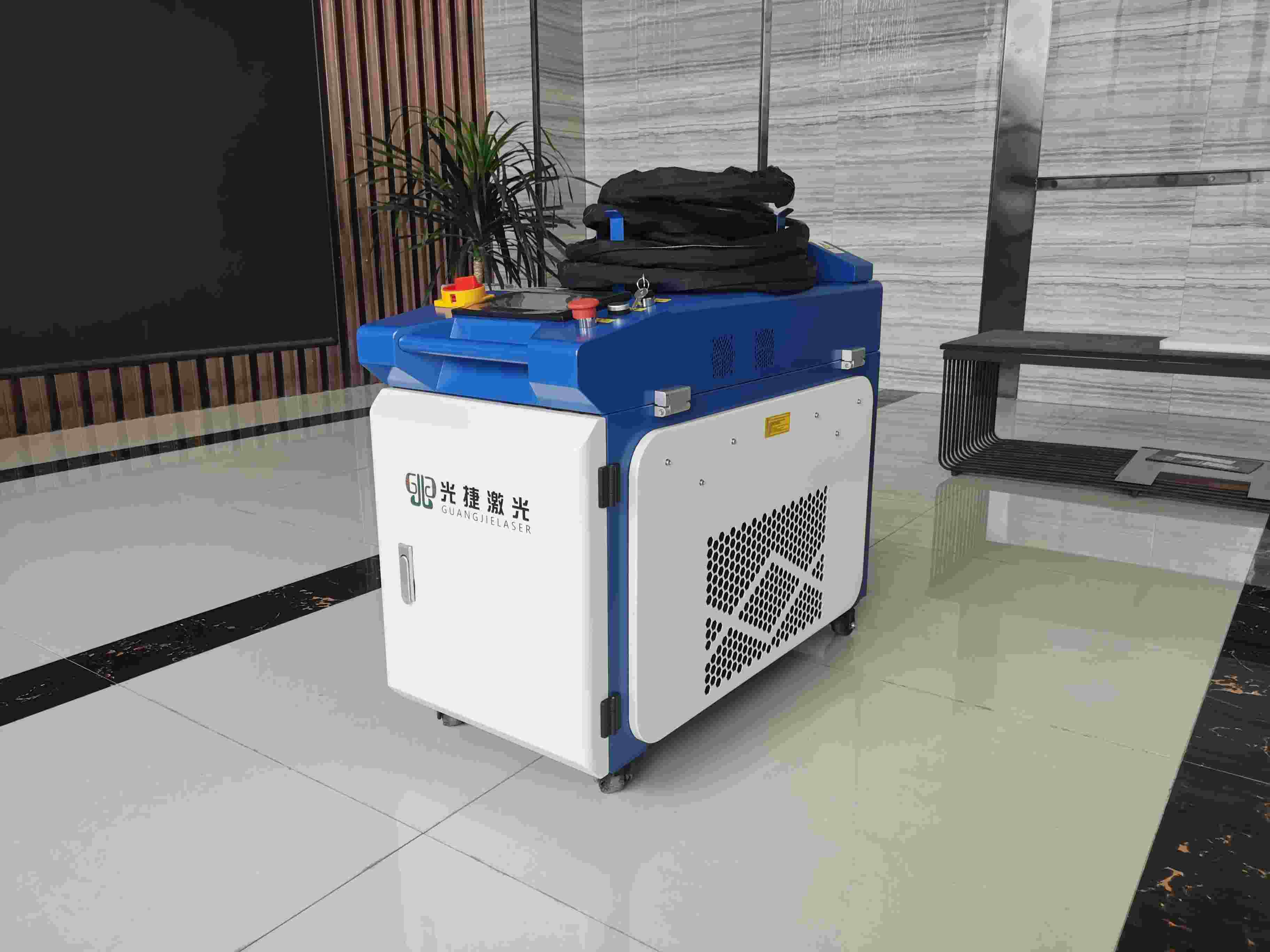
5. Safety and Environmental Enhancements
Lasers pose inherent safety risks, and rust removal generates particulates:
New systems incorporate improved fume extraction and filtration to capture hazardous particles.
Interlock safety systems with multi-layered sensors minimize accidental exposure.
Advances in eye-safe laser wavelengths and protective materials enhance operator safety.
Environmentally, laser rust removal remains a leader, producing no chemical waste and minimal residue, but innovations keep improving these benefits.
Summary Table: Latest Laser Rust Removal Tech Developments
| Area | Key Advances | Benefits | Typical Applications |
|---|---|---|---|
| Laser Source | High-power fiber, ultrafast pulses | Faster, precision cleaning, less thermal damage | Industrial rust, relic conservation |
| Beam Delivery | Faster galvo scanners, adaptive optics | Uniform cleaning, complex surface access | Automotive, aerospace |
| Software & Automation | Real-time adjustment, robotic integration | Efficiency, consistency, reduced labor | Mass production, refurbishment |
| Portability & Efficiency | Lightweight, battery options, better power management | On-site use, eco-friendly, cost savings | Field repairs, emergency cleaning |
| Safety & Environment | Enhanced fume control, eye-safe lasers | Operator safety, clean workspace | Workshops, sensitive environments |
As these technological innovations trickle down, the scope and scale of laser rust removal applications have expanded:
Shipyards and heavy industries now clean large hull sections faster than ever.
Automotive repair shops adopt compact laser units to restore parts without chemicals.
Cultural heritage preservation benefits from ultrafast lasers that clean artifacts gently.
Electronics manufacturers use laser cleaning to prepare sensitive surfaces before coating or assembly.
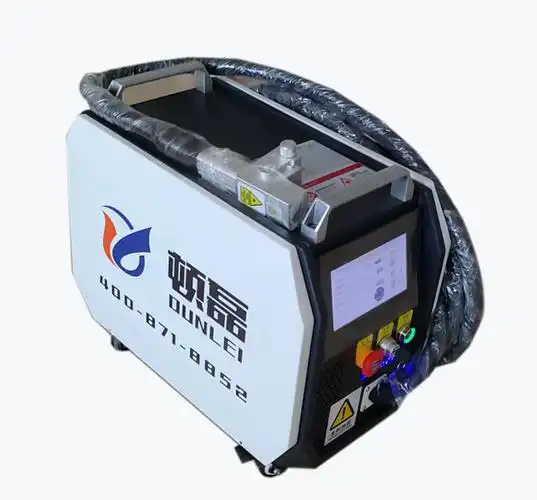
Looking Ahead: What’s Next?
Several emerging trends are worth watching:
AI-powered surface recognition: Systems that “learn” and optimize cleaning based on surface type and condition.
Hybrid systems: Combining laser rust removal with other cleaning methods for tough multi-layer corrosion.
Increased use of ultrafast lasers as costs come down, making precision cleaning mainstream.
More integration into Industry 4.0 ecosystems, connecting laser cleaning data with production analytics for predictive maintenance.
Final Reflections
Keeping pace with laser rust removal technology means understanding it’s no longer just about blasting rust away — it’s about precision, automation, safety, and sustainability. The progress I’ve described opens doors for more industries and applications, with machines that are more user-friendly, versatile, and environmentally sound than ever before.
If you’re evaluating or using laser rust removal systems, these developments should give you confidence in the technology’s future—and maybe even inspire you to explore new possibilities.

Frequently Asked Questions
Q: Are ultrafast lasers necessary for all rust removal tasks?
A: No, they excel at delicate, precise cleaning but for heavy rust removal, high-power fiber lasers remain more cost-effective and faster.
Q: How has automation changed laser rust removal?
A: Automation reduces manual labor, improves consistency, and allows integration into manufacturing lines, increasing throughput and reducing errors.
Q: Is laser rust removal safer than chemical methods?
A: Generally yes, as it avoids harmful chemicals and abrasive dust, but proper fume extraction and eye protection remain essential.
Q: Can portable laser rust removal machines match the performance of industrial units?
A: Portable systems are improving rapidly, especially for light to moderate rust tasks, but industrial units still outperform them in speed and power.
Q: What maintenance challenges come with newer laser systems?
A: While maintenance has become easier with fiber lasers, optics and cooling systems still require regular checks to ensure optimal performance.


